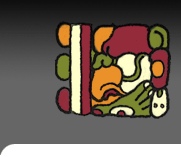 |
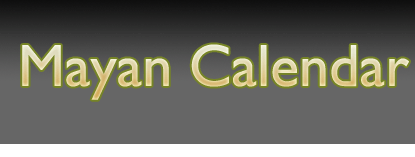 |
 |
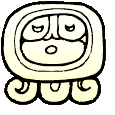 Tzolk'in Tzolk'inThe 260-day Tzolk'in, or sacred calendar, is the oldest calendar cycle known in Mesoamerica, dating back to at least 600 BC. While some scholars are still searching for an astronomical basis for this cycle, most agree it was based on the nine month human gestation period. |
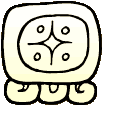 Haab HaabThe Haab, or "vague" year, is the one most similar to the Christian calendar. With 365 days in its count, it is obviously based on solar observations. It's called the "vague" year because it does not include a leap year. |
||
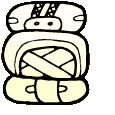 The Long Count and 2012 The Long Count and 2012The Long Count, for which we do not know the Maya name, is commonly considered the Maya's linear count of days. In truth it is yet another cycle, but its great length of 5126 years makes it essentially a linear count through all of Maya history. |
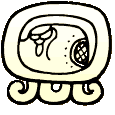 The Lunar Series The Lunar SeriesThe Lunar Series was the first Maya original contribution to the calendar. In use by at least the 3rd century AD, it was displayed as a sequence of four to six glyphs that used lunar day counts of 29 or 30 days grouped into sets of six lunations (i.e., the time between two, successive new Moons). |
||
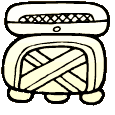 Year Bearers Year BearersThough the ancient Maya developed a unique solar calendar called the Haab, they also followed the rest of Mesoamerica in using Year Bearers to define and name individual solar, 365-day years. |
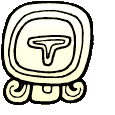 Maya Birthday Divination Maya Birthday DivinationA person is said to have a certain destiny and personality traits shaped by day sign under which they are born. The Maya information compiled here is from various sources, but exclusively from the highlands of Guatemala. |
||
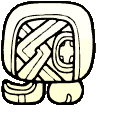 Appropriate Activities for Maya Tzolk'in Days Appropriate Activities for Maya Tzolk'in DaysThe references are few and far between, but the following is a compilation of ethnographic accounts pertaining to what kinds of activities are appropriate for any given day. They are gathered primarily from three sources. |
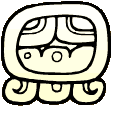 The Correlation Debate The Correlation DebateOver the history of ancient Maya studies, a wide variety of Christian calendar correlation dates have been suggested. Today, the majority of scholars fall into one of two camps - the GMT and the GMT+2. |
||


